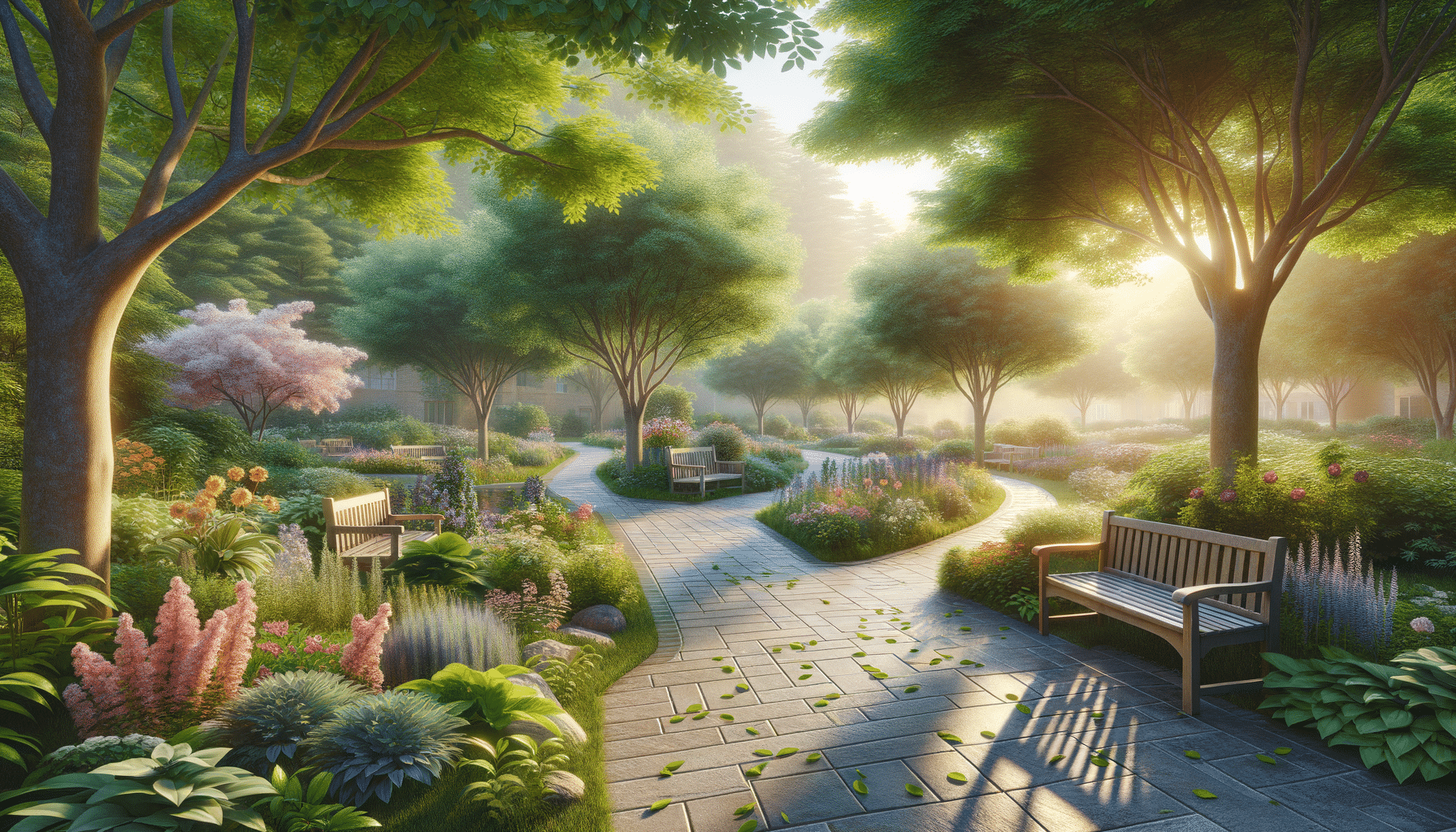
A Complete Guide On Senior Living Communities in 2025
Introduction to Senior Living Communities in 2025
As we approach 2025, senior living communities continue to evolve, offering a diverse range of options tailored to meet the varying needs of older adults. With an increasing number of seniors seeking independent and assisted living solutions, these communities are now more than just a place to reside; they are vibrant hubs of activity and care. The focus has shifted towards creating environments that support both physical and emotional well-being, with an emphasis on community engagement, healthcare access, and lifestyle enrichment.
The importance of senior living communities cannot be overstated, as they provide essential services and social opportunities that enhance the quality of life for older adults. In this guide, we will delve into the various aspects of senior living communities, exploring their benefits, the types of services offered, and the future trends shaping these communities. Whether you’re considering options for yourself or a loved one, understanding the landscape of senior living communities in 2025 will help you make informed decisions.
Types of Senior Living Communities
Senior living communities come in various forms, each designed to cater to specific needs and preferences. Understanding these options is crucial to making an informed choice. Common types include:
- Independent Living: These communities cater to seniors who are mostly self-sufficient but prefer the convenience of a community setting, offering amenities such as housekeeping, dining, and social activities.
- Assisted Living: For those needing help with daily activities, assisted living provides personal care services while promoting independence.
- Memory Care: Specially designed for individuals with Alzheimer’s or dementia, memory care units offer specialized support and security.
- Continuing Care Retirement Communities (CCRCs): Offering a continuum of care, CCRCs provide independent living, assisted living, and nursing care on a single campus, allowing residents to age in place.
Each type of community offers unique benefits, and the choice often depends on the level of care required, lifestyle preferences, and budget considerations. As the demand for senior living communities grows, the range of services and facilities continues to expand, making it easier to find a community that aligns with personal needs and expectations.
Benefits of Senior Living Communities
Senior living communities offer numerous advantages that enhance the quality of life for older adults. Some of the key benefits include:
- Social Engagement: These communities provide ample opportunities for social interaction through organized activities, events, and communal dining, helping to combat loneliness and isolation.
- Access to Healthcare: Many communities have on-site healthcare facilities or partnerships with local providers, ensuring residents have easy access to medical care.
- Safety and Security: With 24/7 staff and security measures in place, residents can enjoy peace of mind knowing they are in a safe environment.
- Maintenance-Free Living: Seniors no longer have to worry about home maintenance, as these services are typically included in the community offerings.
- Wellness Programs: Many communities offer fitness programs, wellness classes, and health screenings to promote a healthy lifestyle.
These benefits, coupled with the sense of community and belonging, make senior living communities an attractive option for many older adults. The focus on holistic well-being ensures that residents can enjoy a fulfilling and active lifestyle.
Innovations and Trends in Senior Living
As we move into 2025, several innovations and trends are shaping the future of senior living communities. These trends are driven by advancements in technology, changing consumer preferences, and a focus on sustainability. Some notable trends include:
- Smart Technology Integration: Many communities are adopting smart home technologies to enhance safety and convenience, such as automated lighting, voice-activated assistants, and health monitoring devices.
- Sustainable Living: Eco-friendly practices are becoming more prevalent, with communities incorporating green building materials, solar energy, and water conservation measures.
- Personalized Care Plans: Emphasis on personalized care is increasing, with tailored wellness programs and care plans that address individual health needs and preferences.
- Intergenerational Living: Some communities are adopting intergenerational models, where seniors and younger individuals share spaces, fostering mutual learning and companionship.
These innovations not only improve the quality of life for residents but also reflect a broader commitment to societal and environmental well-being. As these trends continue to evolve, they are likely to redefine what it means to live in a senior community.
Choosing the Right Senior Living Community
Selecting the right senior living community involves careful consideration of several factors. Here are some tips to guide your decision-making process:
- Assess Your Needs: Determine the level of care required, considering both current and future needs. This will help narrow down the type of community that is most suitable.
- Visit Multiple Communities: Touring different communities provides insight into their atmosphere, amenities, and resident satisfaction. Pay attention to staff interactions and resident engagement.
- Consider Location: Proximity to family, healthcare providers, and recreational activities can significantly impact the quality of life.
- Review Costs: Understand the fee structure, including what is included in the monthly costs and any additional charges for extra services.
- Check Reviews and Ratings: Online reviews and ratings can provide valuable feedback from current residents and their families.
Making an informed choice requires balancing personal preferences with practical considerations. By taking the time to evaluate different options, you can find a community that offers the right blend of comfort, care, and community.
Conclusion: Embracing the Future of Senior Living
Senior living communities in 2025 are poised to offer more than just a place to live; they provide a vibrant and supportive environment that enhances the lives of their residents. With a focus on innovation, community, and personalized care, these communities are well-equipped to meet the diverse needs of older adults.
Whether you’re considering a move for yourself or assisting a loved one, understanding the landscape of senior living communities is crucial. By exploring the various options and staying informed about the latest trends, you can make a choice that aligns with your lifestyle and ensures a fulfilling and enriching experience in the years to come.


